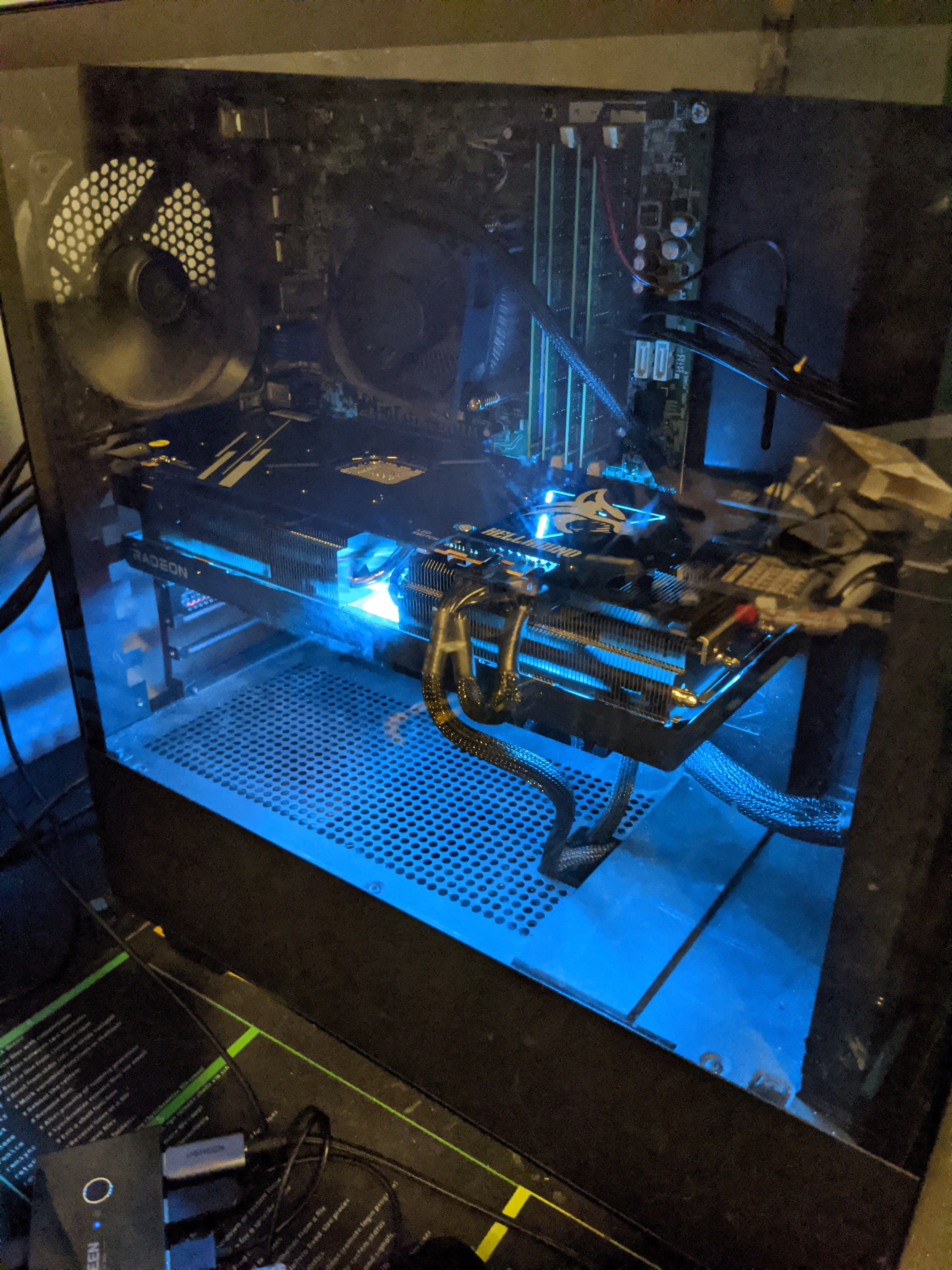Linux
47948 readers
1658 users here now
From Wikipedia, the free encyclopedia
Linux is a family of open source Unix-like operating systems based on the Linux kernel, an operating system kernel first released on September 17, 1991 by Linus Torvalds. Linux is typically packaged in a Linux distribution (or distro for short).
Distributions include the Linux kernel and supporting system software and libraries, many of which are provided by the GNU Project. Many Linux distributions use the word "Linux" in their name, but the Free Software Foundation uses the name GNU/Linux to emphasize the importance of GNU software, causing some controversy.
Rules
- Posts must be relevant to operating systems running the Linux kernel. GNU/Linux or otherwise.
- No misinformation
- No NSFW content
- No hate speech, bigotry, etc
Related Communities
Community icon by Alpár-Etele Méder, licensed under CC BY 3.0
founded 5 years ago
MODERATORS
1551
1552
124
1553
40
KDE Plasma 6.1 Beta Released With Wayland Explicit Sync, Input Capture Portal & More
(www.phoronix.com)
1554
1555
1556
1557
1558
1559
1560
1561
1562
1563
1564
116
No Starch HumbleBundle includes "How Linux Works", THE SysAdmin fundamentals book, 3rd edition.
(www.humblebundle.com)
1565
1566
1567
1568
1569
53
Introducing the GNOME Foundation’s Five-Year Strategic Plan Draft – The GNOME Foundation
(foundation.gnome.org)
1570
1571
1572
1573
1574
1575

